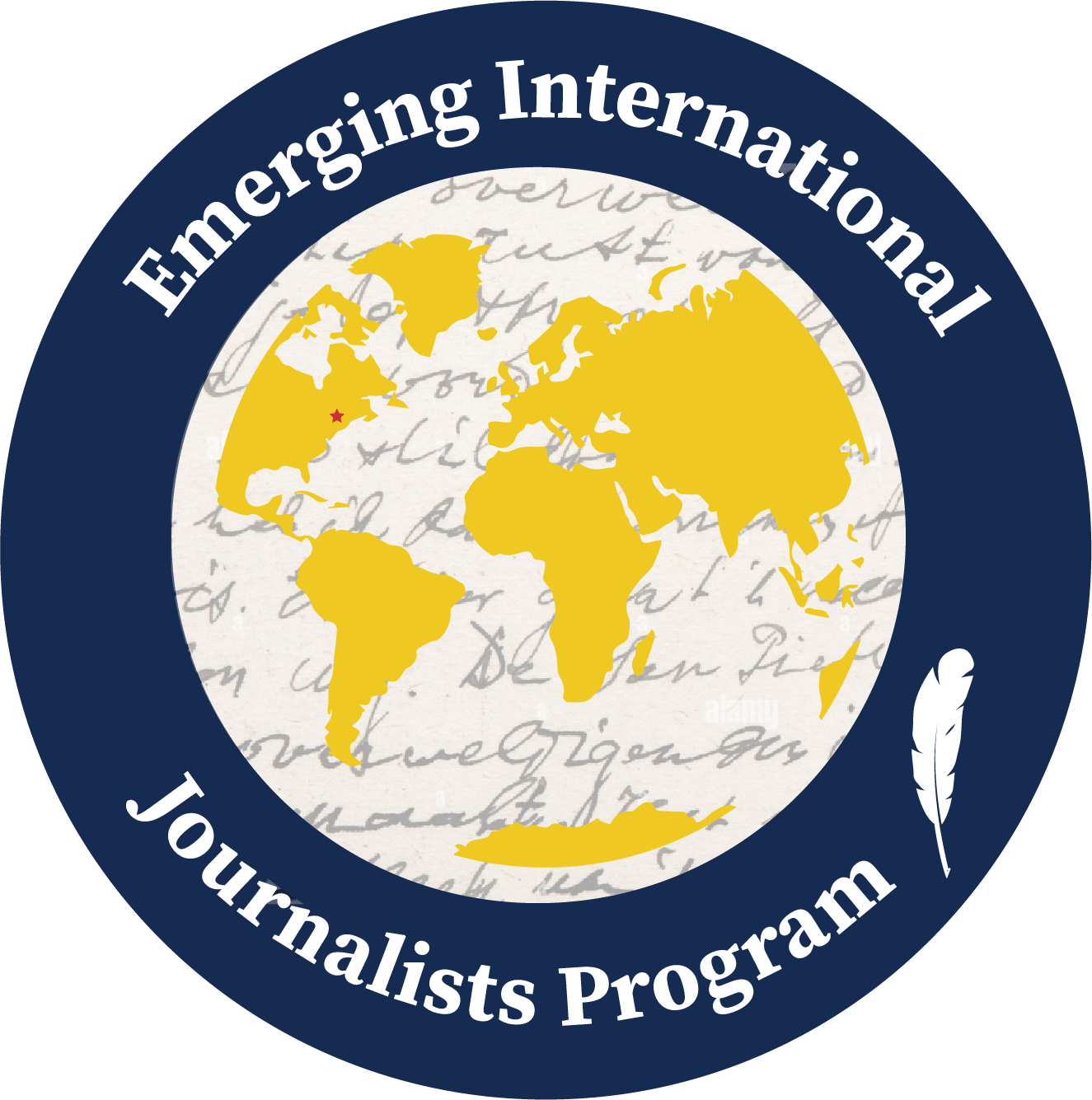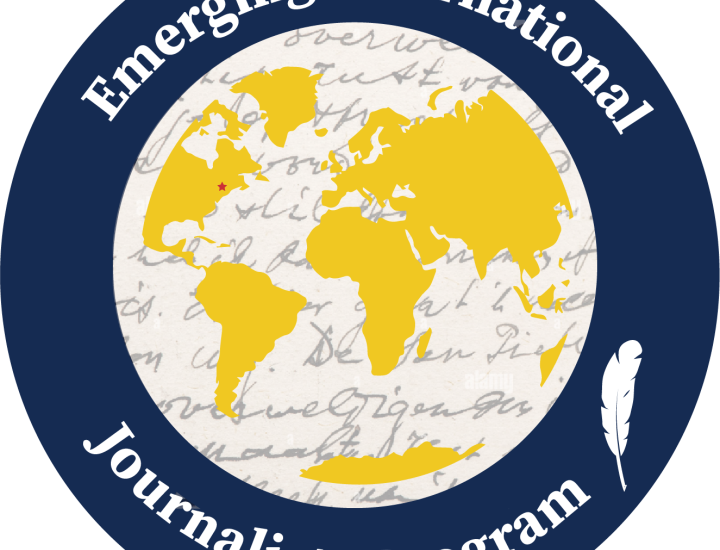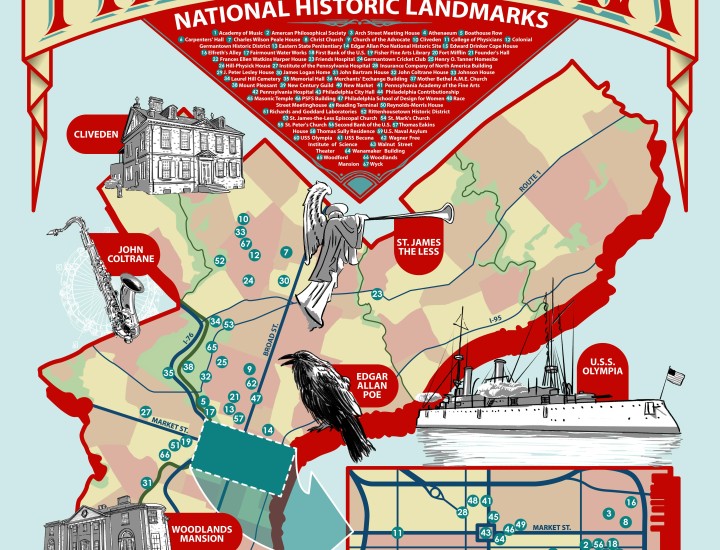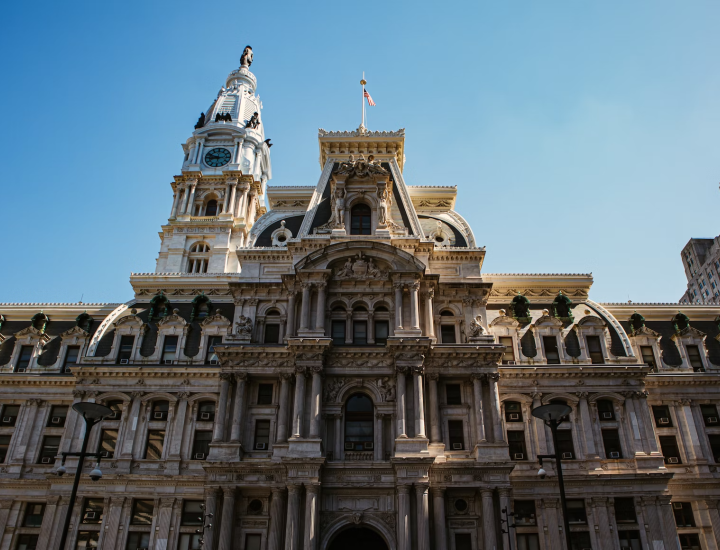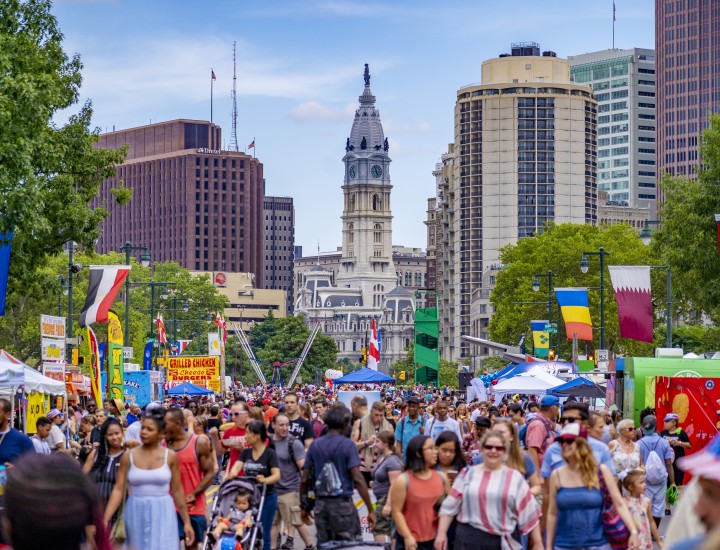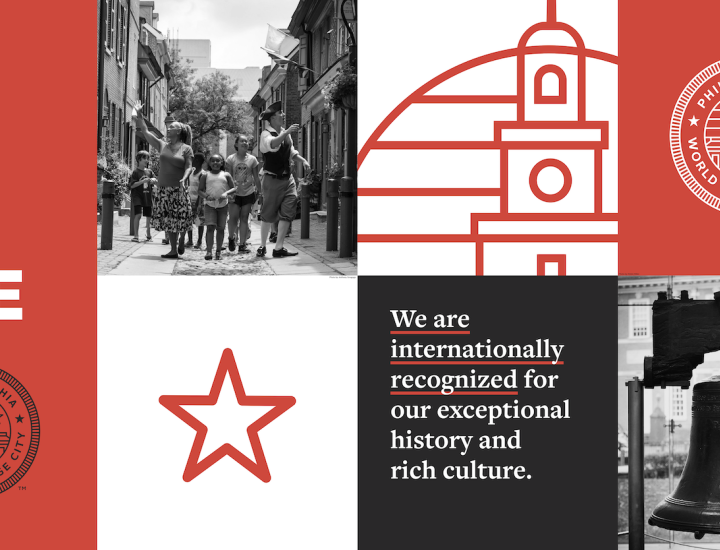IDMS 2025: Honoring Landmarks and Stories That Define a City
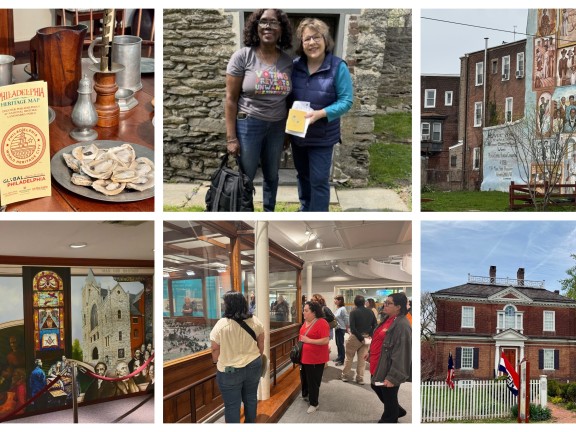
Each year, Global Philadelphia Association (GPA) joins cities around the world in celebrating the International Day of Monuments and Sites (IDMS), a International Council on Monuments & Sites (ICOMOS) initiative dedicated to raising awareness about cultural heritage and the importance of preserving it for future generations. Locally, Philadelphia’s IDMS events highlight the city’s rich historical assets and showcase the ongoing commitment to historic preservation and education.
This year, GPA and its partners hosted multiple events across the city at notable National Historic Landmark (NHL) sites, engaging the public through tours, talks, and interactive programs. The 2025 celebration brought together community members, historians, and visitors alike to recognize Philadelphia’s central place in both national and global heritage.
Congress Hall: A Cornerstone of American Democracy
Located adjacent to the famed Independence Hall, Congress Hall stands as a powerful testament to the early political development of the United States. During this year’s IDMS celebration, visitors toured the historic building, where key moments in American history unfolded, including the peaceful transfer of power from George Washington to John Adams.
Tour participants, seated among replica furniture laid out in the original congressional format, listened to rangers recount the significance of the debates and decisions that shaped foundational documents like the Constitution and the Bill of Rights. The experience was immersive and emotional, with many visitors expressing awe at walking the same halls once graced by historical figures such as Washington himself.
Beyond Congress Hall, the surrounding Independence National Historic Park offered a broader glimpse into America's formative years. From the Liberty Bell to Carpenters' Hall, each structure within the park contributes to American ideals and innovation. Learning that Congress Hall is the oldest standing Federal capital building in the country was just one of the many illuminating facts that made this year's IDMS a profound experience for attendees.
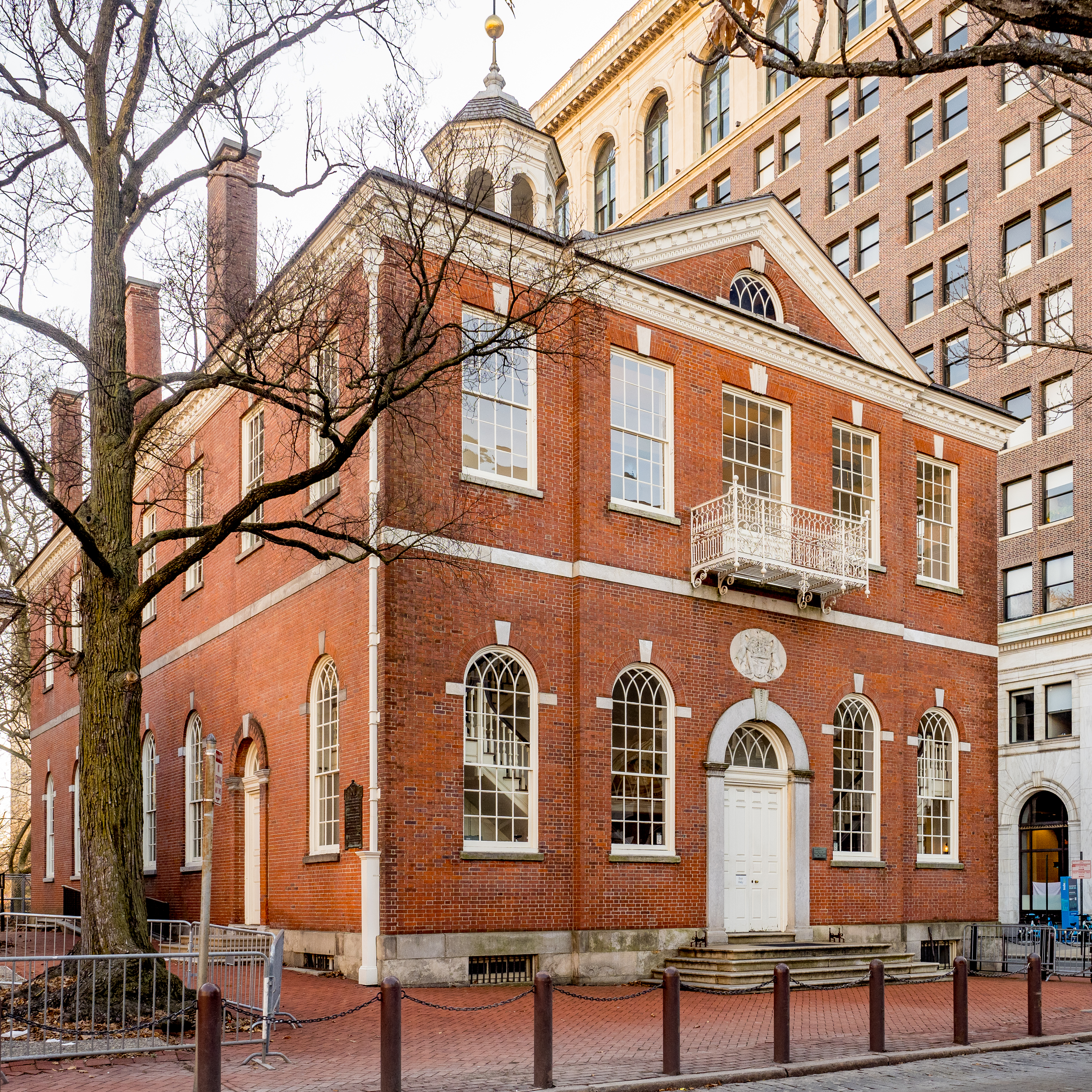
Stenton: Honoring a Complex Past
At Stenton, one of Philadelphia’s most preserved historic houses, visitors were treated to free public tours that explored the life and legacy of James Logan, secretary to William Penn. As guests moved from the formal parlor to the kitchen and servant quarters, the tour illuminated the daily realities of 18th-century life, highlighting original furnishings and early architectural features, including indoor plumbing that predated the White House.
What set Stenton apart during IDMS was its commitment to telling a fuller, more inclusive story. Central to the tour was the story of Dinah, an enslaved woman whose bravery protected the house from British soldiers during the Revolutionary War. Her story was not treated as an afterthought but honored as a vital part of Stenton’s history.
This acknowledgment of both the triumphs and injustices woven into the site's legacy shows why Stenton remains so relevant today. Events like this remind visitors that historic preservation is not just about maintaining beautiful old buildings — it’s about keeping the memory of all those who lived, worked, and fought within them alive.

Mother Bethel A.M.E.
The Mother Bethel A.M.E. Church event offered a detailed overview of the site's historical and cultural significance within Philadelphia and beyond. Located in Old City at Seventh and Locust, Mother Bethel A.M.E. Church stands on the oldest plot of land in the United States continuously owned by African Americans. The event featured a guided tour of the church’s main sanctuary, highlighting its architectural beauty, including three large stained-glass panels symbolizing birth, death, and intellectual thought. The guide emphasized how Black churches historically served not just as places of worship, but also as vital community centers and hubs for civil rights organizing.
Following the sanctuary tour, attendees explored the museum housed in the church’s basement. Here, important historical artifacts were displayed, including the final resting place of Reverend Richard Allen, the church’s founder, and other early leaders. Special attention was also given to the history of women's leadership within Mother Bethel, reflecting the church's progressive stance long before it became widespread elsewhere.
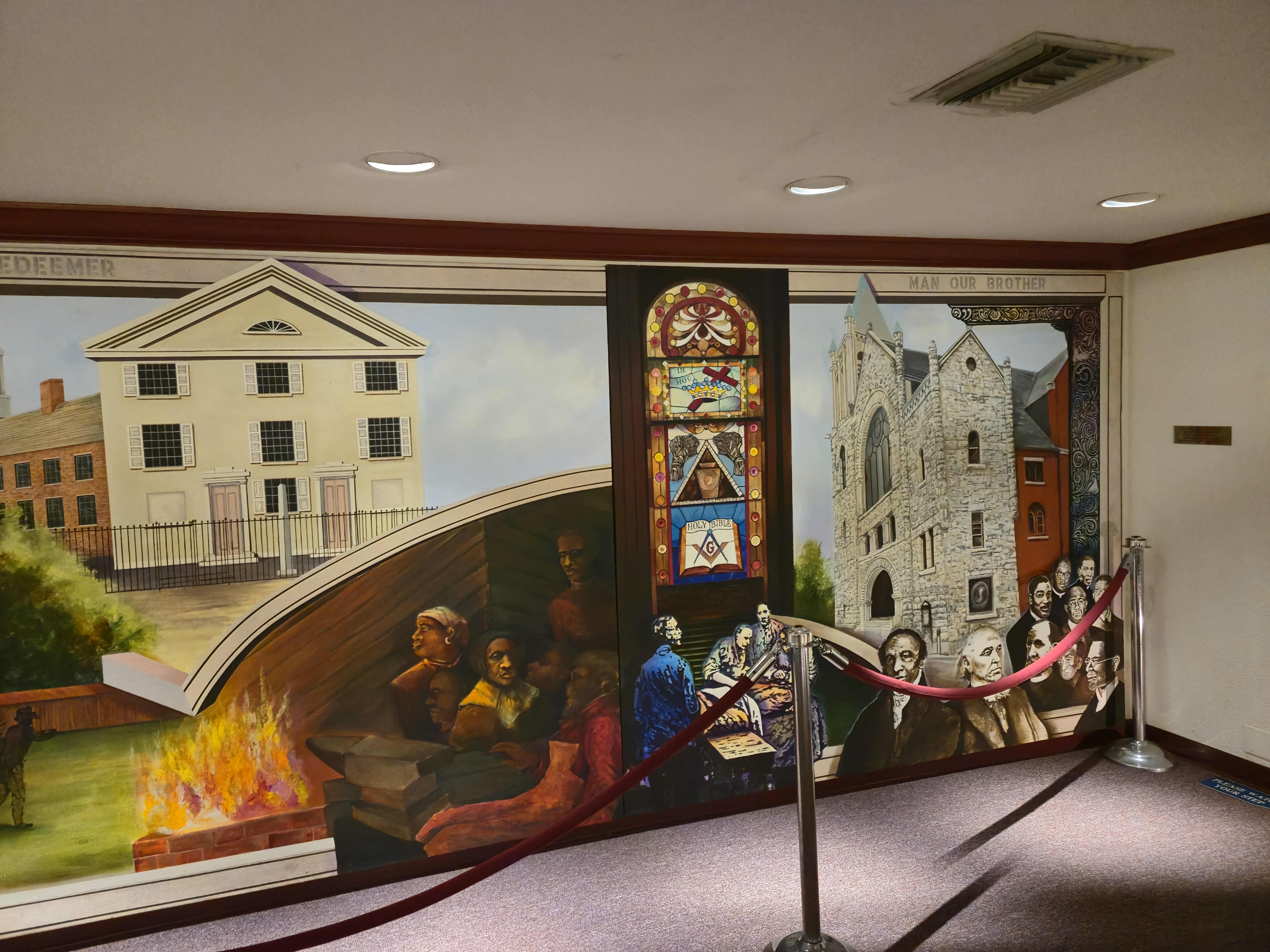
This site’s inclusion in IDMS programming is significant because of its embodiment of overlooked Black histories in Philadelphia. Often, when people think of national historic landmarks, churches are not immediately considered, yet they were — and remain — critical sites for community organization and social progress. Furthermore, Mother Bethel A.M.E. has a historical connection to Cliveden, another landmark in Germantown, illustrating how Philadelphia’s sites are interconnected in telling broader stories of resilience and activism.
The deep-rooted connection between Mother Bethel A.M.E. Church and Cliveden stands as a powerful reminder of the city’s intertwined legacy of faith, resistance, and resilience. This year’s IDMS celebration spotlighted the story of Rev. Richard Allen, founder of Mother Bethel and a former slave born into the household of the Chew family.
A key moment in the tour’s narrative was the recounting of the "Black walkout" of 1787, when Allen and Absalom Jones led a protest against racial discrimination at St. George’s Methodist Church. Their dignified departure became a turning point in American religious history, giving rise to the African Methodist Episcopal Church, which originated in Philadelphia from a split with the Episcopal Church due to racial discrimination.
In terms of highlights, the most striking aspect was the brilliance of the stained-glass windows, particularly in the afternoon sunlight. While the tour itself was traditional and fact-focused rather than interactive, it provided attendees with a vivid appreciation of the site’s historical importance.
Woodford Mansion, Fairmount Park Conservancy, & Rittenhouse Town
Set within the heart of Fairmount Park, Woodford Mansion remains one of the best-funded historic homes in Philadelphia, offering visitors a rich and robust collection of artifacts and furnishings. This year’s IDMS tour revealed new additions to the site, including a recently curated upstairs space highlighting the lives of enslaved African Americans and indentured workers who once lived there. The contrast between these modest quarters and the grandeur of the main house offered a sobering, yet powerful, reflection on the full spectrum of those who once lived under its roof.
In addition to Woodford, visitors explored the Parkside neighborhood, also known as the Centennial District, through a comprehensive tour organized by the Fairmount Park Conservancy. Stops included the grand Memorial Hall, home to the Please Touch Museum—a National Historic Landmark whose architecture evokes European elegance—and the famous whispering bench, where visitors delighted in the playful acoustics that allow voices to carry across the curved stone. Perhaps most striking was the museum's basement exhibit: a detailed model of the 1876 Centennial Exposition, offering a glimpse into Philadelphia's global prominence during that era.
The tour continued with a visit to Shofuso, the Japanese House and Garden, which offered an international lens on Fairmount Park’s cultural diversity. On the south side of the Centennial District, participants explored stately brownstone homes—some restored, others in progress—offering a vision of Philadelphia’s residential grandeur during the late 19th century. Guided by local expert Michael Birch, the sold-out tour painted a vivid picture of past and present, sparking both imagination and civic appreciation.
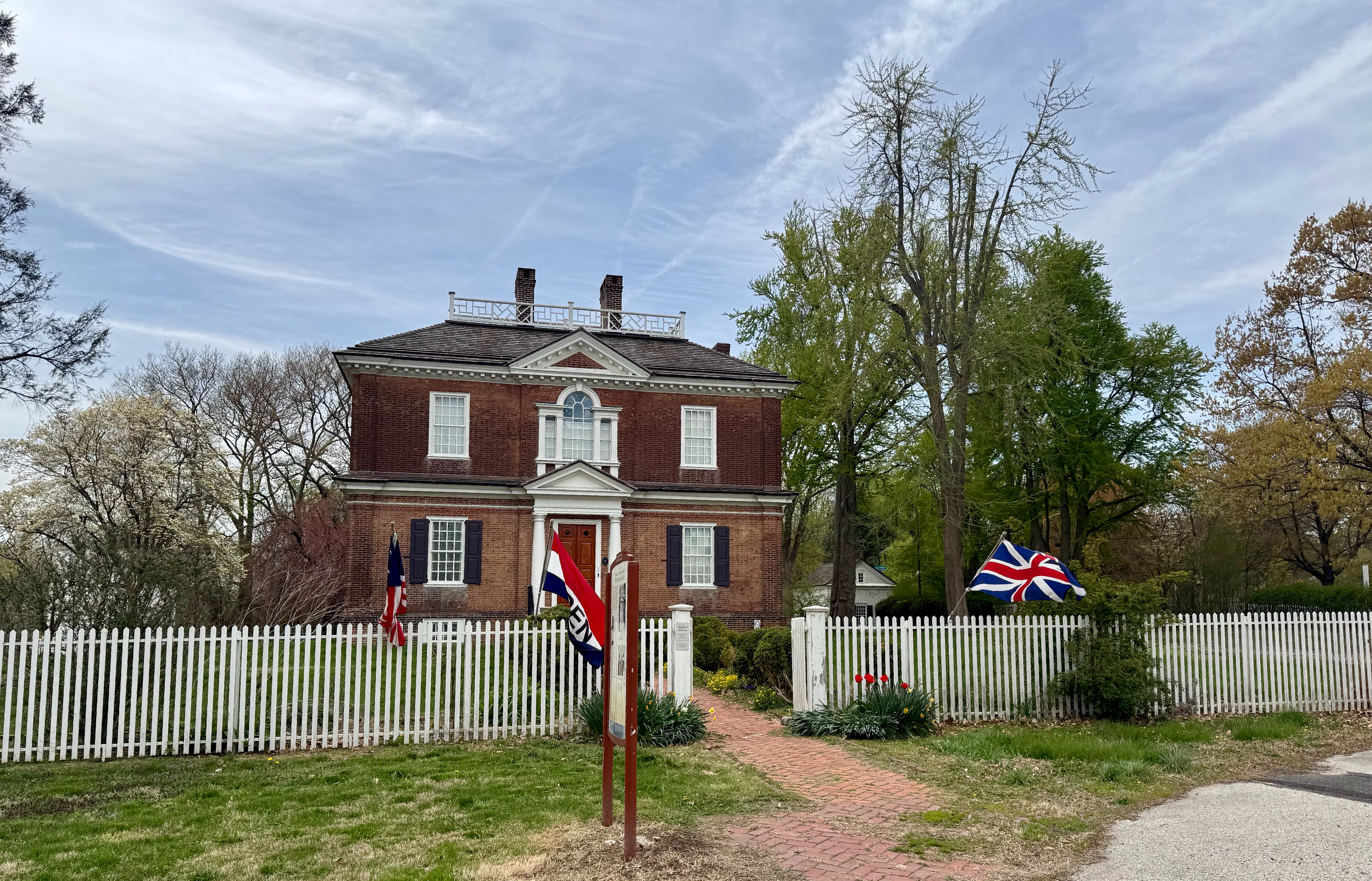
On a separate day, visitors headed north to the Johnson House and Awbury Arboretum, where community partnerships highlighted the rich history of Germantown and its ongoing commitment to education and preservation. A final stop at Historic Rittenhouse Town—the site of America’s first paper mill—rounded out the journey, offering insight into early industry in the region.
These IDMS experiences underscored the remarkable depth of Philadelphia’s historic landscape beyond Center City. It is significant to understand the importance of honoring and exploring Greater Philadelphia's diverse historic sites. While Center City holds iconic landmarks, much of the city’s full story lies beyond it—a fact highlighted by the NHL Maps initiative, which seeks to elevate these often-overlooked gems and remind us that the soul of the city extends far beyond its downtown core.
Fairmount Walking Tour
At Fairmount park, visitors embarked on a walking tour that began at the School of the Future. This site features The Great Mother and The Great Doctor sculptures, along with the SDG #8 mural: Decent Work and Economic Growth by Faysal Adger. Originally commissioned for the Youth Study Center, these sculptures were relocated to Fairmount Park in 2008 to symbolize the care, comfort, and guidance adults can offer to children.
As the tour continued, participants visited the Smith Memorial Arch, which honors Pennsylvania's Civil War heroes. The tour guide, Michael, then shared the history of the old houses in Fairmount Park. During the park's peak, it was a bustling social hub with a popular beer garden, leading to the construction of hotels and mansions. While the hotels no longer exist, the mansions have been converted into apartments and are legally protected from demolition or reconstruction.
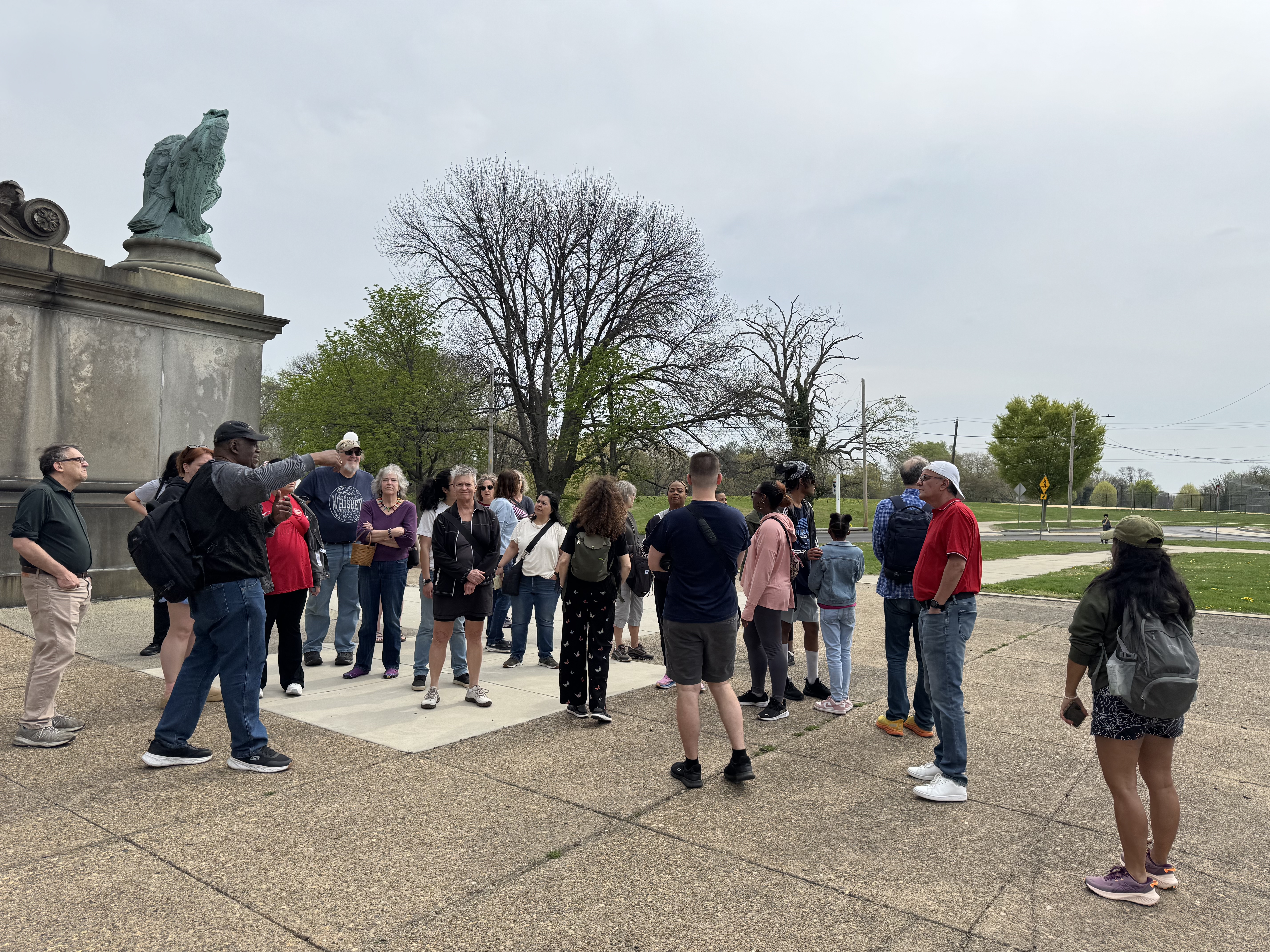
The tour concluded with a visit to the Centennial Fairgrounds Model at the Please Touch Museum in Memorial Hall, providing a tangible connection to the park's storied past.
The Importance of Historic Preservation
Philadelphia's IDMS events embody the mission of Global Philadelphia Association: to celebrate, preserve, and advocate for the city’s cultural heritage. By bringing stories like those of Congress Hall and Stenton to a broader audience, GPA connects Philadelphia’s local history to the global dialogue about identity, resilience, and collective memory.
Historic preservation efforts ensure that future generations can continue to learn from the past, not only through grand moments of political triumph but also through the everyday lives and struggles of those whose stories are too often overlooked.
Through events like IDMS, GPA fosters a deeper appreciation of Philadelphia’s historical sites and demonstrates why supporting historic preservation is crucial to sustaining the rich, diverse narratives that define us.
